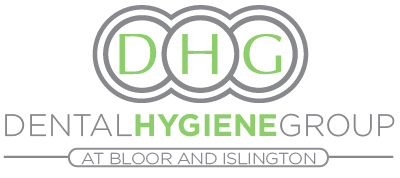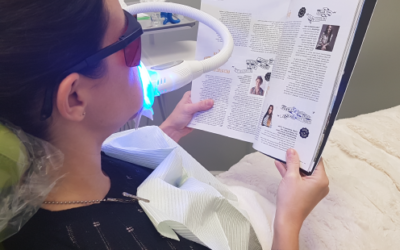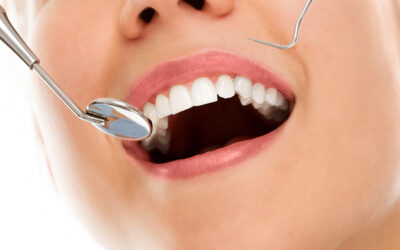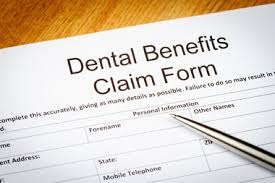Oral Cancer: We Are All at Risk!
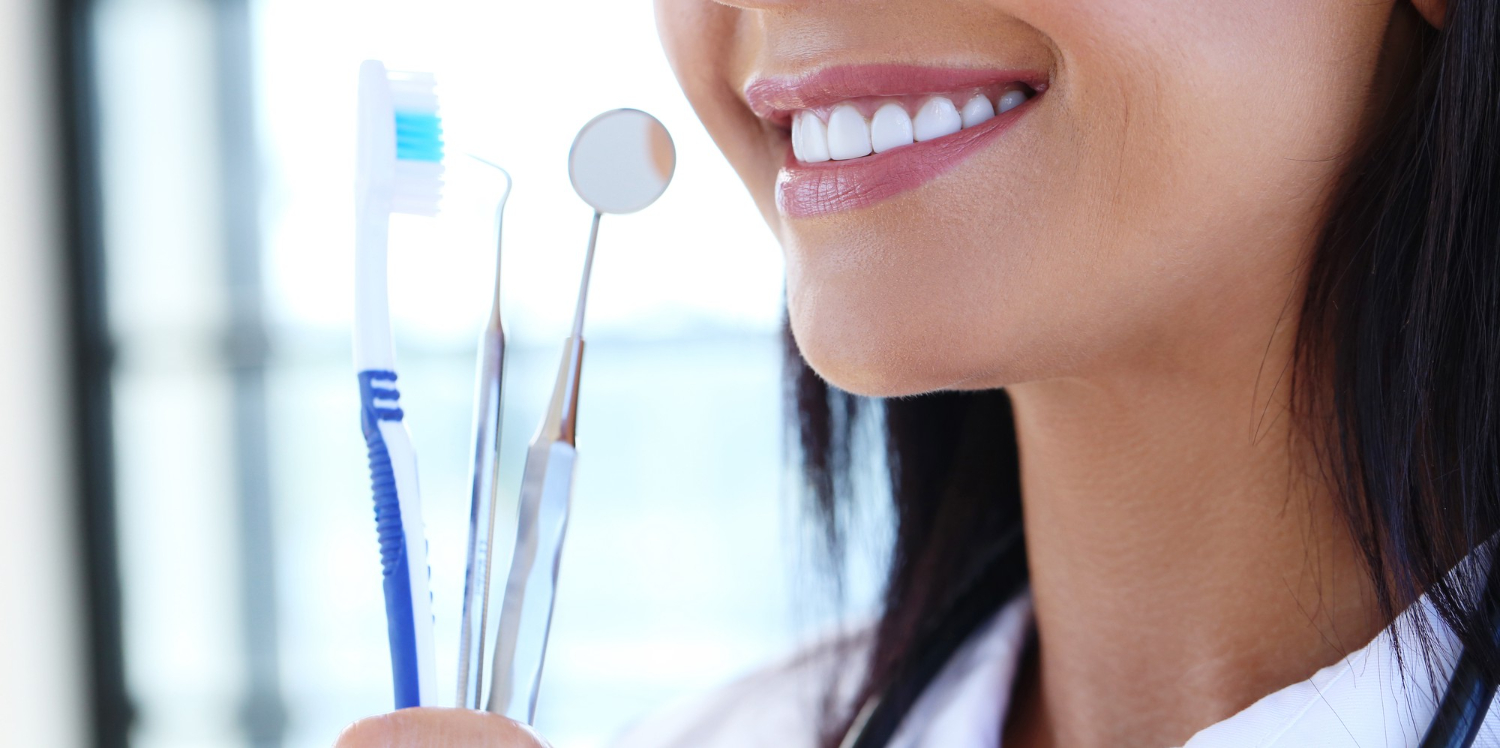
The face of oral cancer has changed dramatically over recent years. With more and more people in the spotlight coming out about their battles, such as Michael Douglas, Roger Ebert, and Tony Gwynn, it has helped to bring this disease the attention it deserves.
Some facts about oral cancer:
- 13th most common cancer in Canada, 6th most common worldwide
- -In Canada more cases are diagnosed per year than cervical or ovarian cancer
- Overall survival rate is only 63% compared to 75% for cervical cancer
- 3 people die every day in Canada from oral cancer
- Exposure to HPV is becoming the most common link to oral cancer
Are you at risk?
It used to be that age and smoking were the leading risk factors; this is no longer the case. Although tobacco use is still a major risk factor there are other variables to take into account. Some of these risk factors include:
- Age
- Smoking – Tobacco is responsible for nearly one-quarter of cancer deaths worldwide making it the single greatest avoidable risk factor for cancer
- Alcohol
- Smoking & Alcohol together
- HPV – The Human Papilloma Virus, spread via sexual activities
- Sun exposure
- Gender
- Diet
- Cultural trends
- Previous oral cancer history
- Immune suppression
HPV and oral cancer
HPV (Human Papillomavirus), is one of the most common sexually transmitted infections. Most types are not harmful and will go away without causing any health problems. There are some strains however, that are linked with head and neck (oropharyngeal) cancers.
HPV related cancers are increasing at an alarming rate, estimated to surpass cervical cancers by the year 2020. There is no definitive reason for this as of yet, but changes in sexual behavior, including an increase in oral sex, may be one reason for the rise.
The fastest growing segment for this type of cancer is generally healthy, non-smoking people in the 20-50 age range. With non-smoking men age 35-55 being at the highest risk (4 to 1 over women).
When HPV is found in the mouth and throat is called “oral HPV” and can cause oropharyngeal cancers, or cancer of the head and neck area. Most commonly these cancers are detected in the back of the throat, tonsil area and base of the tongue.
HPV can be present for many years, 15-30, before becoming pre-cancerous lesions or cancer.
What can you do?
As with any type of cancer or disease early detection is key! Often times the first signs are difficult to detect as they are painless and in locations that are not easily visible.
– Learn how to perform an oral cancer examination for yourself and do this regularly (monthly). There is a great tutorial HERE
– Do not ignore early warning signs! Although many oral cancers may be asymptomatic, there are some clues that should not be taken lightly. These may include: lesions that don’t heal, hoarseness, pain during chewing or swallowing, chronic ear pain on one side only, painless lump on the outside of the neck that lasts longer than 2 weeks, numbness of the mouth or lips, and most commonly a feeling that there is something stuck in your throat.
– Be sure that your oral care provider, either dentist or dental hygienist, is performing an oral cancer exam at every visit. This should include, feeling your tissue (neck, lips, cheeks, tongue etc.), as well as thoroughly visually examining your face and mouth, especially your tongue.
– Opt for an exam with a light based detection system such as the Velscope. These devices reflect through tissue to reveal changes that may be occurring much deeper than is visible with the naked eye.
– Follow the recommendation of your oral care provider. If something is detected the normal course of action would be to return in 7-10 days to see if the area has healed, if not, your dental hygienist or dentist will refer you to an oral surgeon or pathologist for a closer look and probably a biopsy of the area. Life can get busy, but it is imperative that you do not wait, see the specialist as soon as possible for a diagnosis.
– See your oral care provider regularly. It is important not only to maintain your appointments but to develop a trusting relationship with your health care practitioners. By seeing the same dental hygienist you not only are building a foundation for a healthy mouth but she (or he) is more likely to notice when something is not normal — for you.
How to treat oral cancer
Once diagnosed the treatment and success rates vary. Generally you would be working with a team of professionals, which could include: oral surgeon, radiation and chemotherapy oncologists, dental practitioners, nutritionists, rehab and restorative specialists.
Depending what stage the cancer is in the normal approaches would include radiation, surgery, and chemotherapy, or some combination of the three. Each case is individually assessed.
Remember that there are many resources that can be utilized for the patient and families affected by oral cancers. Here are a few websites with great information:
Have questions? Ask us!!
We perform a head and neck examination at every visit. For a small fee we also offer a Velscope examination, which we recommend adding annually.
http://oralcancerfoundation.org/
More from Our Blog
Are You Thinking About Whitening Your Teeth?
It’s everywhere, people with beautifully perfect white teeth, so you ask yourself, how do I get my...
Gum Disease & Diabetes: It’s a Two-Way Street
We've been aware for quite some time that if you have diabetes you are at a greater risk for gum...
Dental Insurance: Use it before you lose it!
If you are fortunate to work for a company that offers you some dental insurance, don’t let it go...
